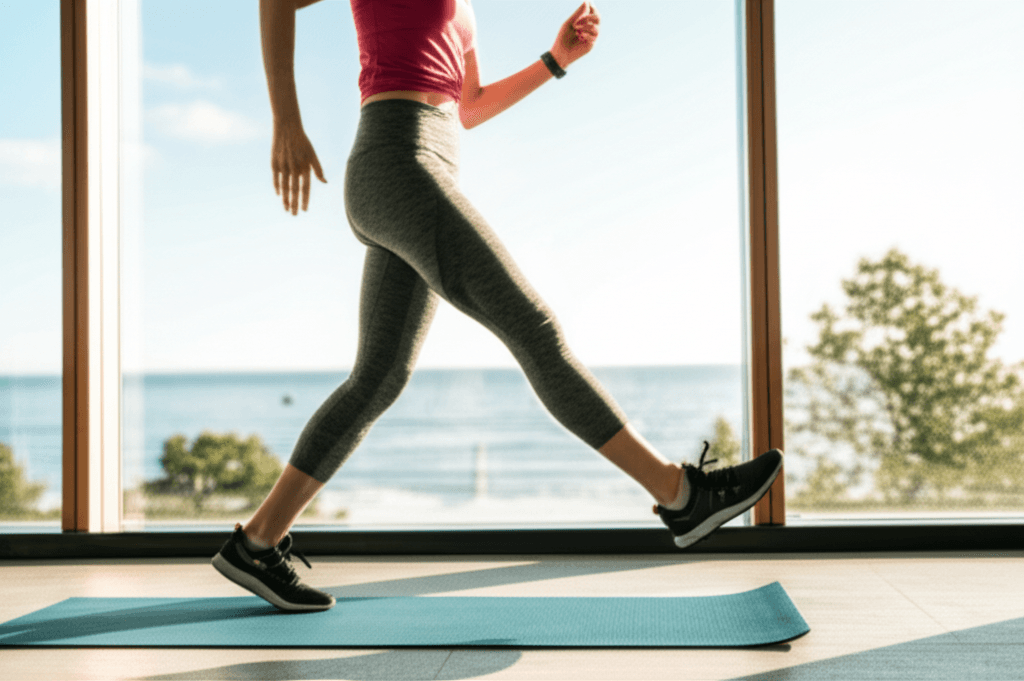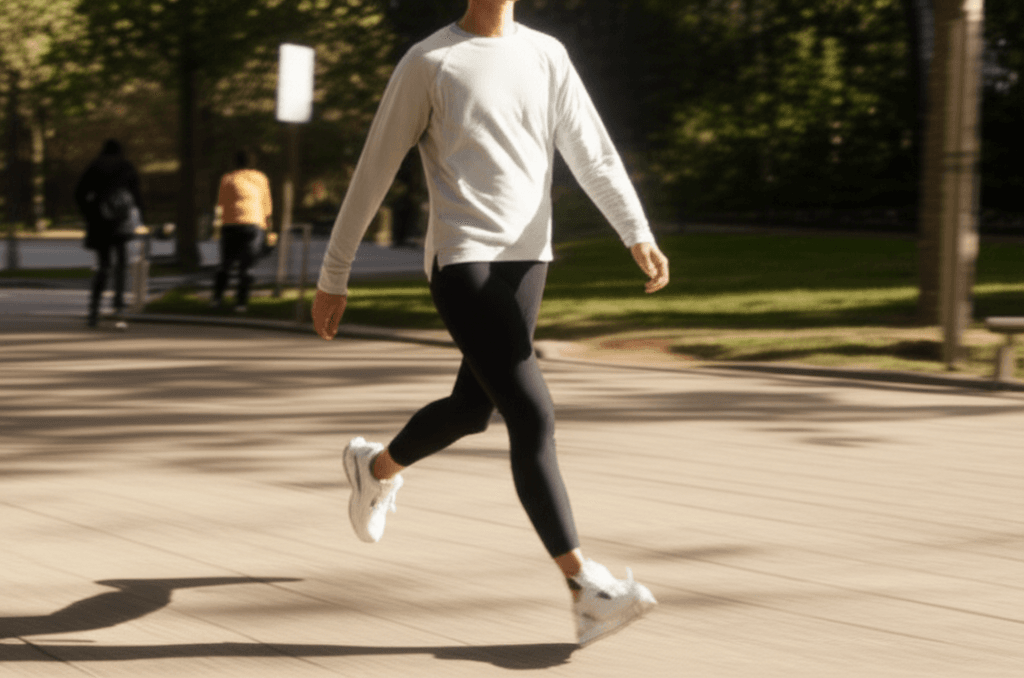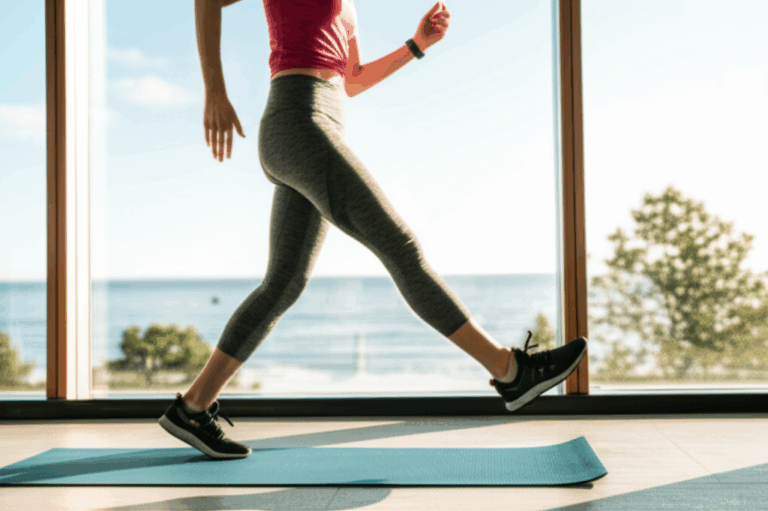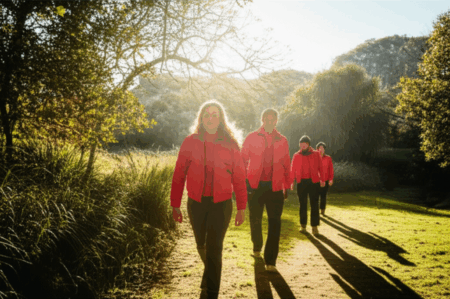Walking has surged in popularity as a fitness trend, particularly on social media platforms like TikTok, with various challenges and routines gaining viral traction. These include the “12-3-30” workout, the “6-6-6” routine, and the “Japanese walking method.” But with all the buzz, it’s natural to wonder: are these viral walking workouts truly effective, and are they worth the hype?

The Viral Walking Workouts: What Are They?
Several walking-based routines have captured online attention, each offering a unique approach to incorporating more movement into daily life.
The 12-3-30 Treadmill Workout
Perhaps the most recognizable of the viral walking trends, the “12-3-30” workout was popularized by social media influencer Lauren Giraldo. It involves setting a treadmill to a 12% incline, a speed of 3 miles per hour (mph), and walking for 30 minutes. Giraldo claimed the routine helped her lose 30 pounds and overcome gym intimidation. This workout simulates climbing a steep hill at a brisk pace.
The 6-6-6 Walking Routine
Another trend, the “6-6-6” routine, suggests walking for 60 minutes a day, either at 6 AM or 6 PM. Each session begins with a six-minute warm-up at a slower pace and concludes with a six-minute cool-down stretch. Some interpretations also involve walking 6,000 steps per day for six days a week.
The Japanese Walking Method
This method, also known as interval walking training, involves alternating between three-minute blocks of high-intensity walking and three-minute blocks of lower-intensity walking for about 30 minutes in total. This technique has been popular in Japan for years, inspired by a 2007 study, and is now gaining traction globally.

Benefits of Walking Workouts
Walking, in general, offers a wide array of health benefits, and these structured viral routines aim to maximize those advantages.
Cardiovascular Health Improvement
All walking workouts, particularly those involving incline or interval training, can significantly boost cardiovascular health. Incline walking, for instance, increases your heart rate more than walking on a flat surface, strengthening the heart muscle and improving overall cardiovascular fitness. Regular walking can help lower blood pressure, reduce the risk of heart disease, and improve cholesterol levels.
Weight Management and Calorie Burn
Walking, especially at an increased intensity or incline, can contribute to weight loss by increasing calorie expenditure. Studies suggest that walking on an incline requires more energy and can burn significantly more calories than walking on flat ground. The 12-3-30 workout, with its steep incline, is particularly efficient for creating a calorie deficit.
Muscle Strengthening and Endurance
Incline walking effectively targets and strengthens lower body muscles, including the quadriceps, glutes, hamstrings, and calves. The increased resistance from the incline forces these muscles to work harder, leading to improved strength and muscular endurance. This can also help combat age-related muscle loss.
Low Impact and Accessibility
One of the most appealing aspects of walking workouts is their low-impact nature, making them suitable for most fitness levels and individuals with joint issues. Unlike high-impact activities like running, walking puts less strain on knees, hips, and ankles, reducing the risk of injury. This accessibility makes it a great option for beginners, older adults, and those recovering from certain injuries.
Mental Health Boost
Beyond the physical benefits, walking has been shown to positively impact mental well-being. Regular walks can reduce anxiety, depression, and stress, improve mood, and even enhance cognitive function and creativity. Morning walks, in particular, can help regulate circadian rhythms and boost productivity.

Potential Drawbacks and Considerations
While the benefits are numerous, it’s important to be aware of potential drawbacks and best practices for these viral walking workouts.
Risk of Strain and Overuse Injuries
The high incline of routines like the 12-3-30 can put additional stress on certain muscle groups, including the calves, hamstrings, hips, and lower back. Individuals with pre-existing joint issues, particularly in the knees, ankles, or lower back, should exercise caution and consult a healthcare provider before attempting such intense incline walking. Overuse injuries, especially to the calves and Achilles tendons, are also a possibility with repetitive motion.
Not a Standalone Workout Solution
While beneficial, experts suggest that walking workouts, even viral ones, should not be the sole form of physical activity. They primarily work muscles in the front and back of the body, potentially neglecting important stabilizing muscles like the outer glutes and deep core. For comprehensive fitness, it’s recommended to complement walking with strength training and mobility exercises.
Adapting and Progressing
For those new to exercise or the specific demands of incline walking, it’s crucial to start gradually. Beginners should begin with lower inclines and speeds, working their way up to the recommended settings to avoid injury and overstraining. To continue seeing results, it may be necessary to periodically increase the incline, speed, or duration as your body adapts.

The Verdict: Are They Worth the Hype?
Yes, these viral walking workouts are generally worth the hype, provided they are approached with proper awareness and adapted to individual fitness levels. They offer an accessible, low-impact, and effective way to improve cardiovascular health, strengthen muscles, aid in weight management, and boost mental well-being. Their simplicity and structured nature can make fitness less intimidating and easier to incorporate into a daily routine.
However, it’s important to remember that no single workout is a magic solution. While a significant step towards better health, these routines are best integrated into a balanced fitness regimen that includes other forms of exercise like strength training. Always listen to your body, and if you have any pre-existing health conditions, consult with a healthcare professional before embarking on a new exercise program.







